From time to time I get asked whether I use photoshop with my images, as if it’s almost become a default response in photography these days; if it looks good or different, it must be photoshopped.. An assumption introduced by the digital revolution. However, I like to approach photography with a healthy balance of in camera technique and post processing. I was excited about the Canon Light Awards October brief “Invisible Editing” because Peter Eastway encouraged the idea about using post production to bring out the feeling of the image that was originally felt at the time the photo was taken. After all, I believe a good photograph tells a good story, by capturing the energy and feeling of the experience at the time the photo was taken. My submission “Silver Surfer” was taken using a slow shutter speed and tracking focus to create a blurred effect that I like to refer to as Flomocean - the art of painting with a camera. It’s quite difficult and risky to achieve as the effect is done solely in camera using the Canon 5D and 100-400mm lens, however in post I accentuated the mood of the image, it was a dark and moody day to begin with and the surfer riding the wave was setting up to take on a heavy, powerful wall of ocean power. It was a very intense moment, and I emphasised these feelings by desaturating the image, as I felt colour was a distraction in this case. This image was about lines and tones, which I subtlety darkened to emphasise the natural curves and lines of the wave that stood tall before the surfer. I wanted the viewers attention to be drawn to the intensity of the situation and the anticipation that the surfer would of been feeling at that exact time. I feel as though this is the goal of invisible editing; to naturally enrich the story of the image by thoughtfully utilising the power of post-production.
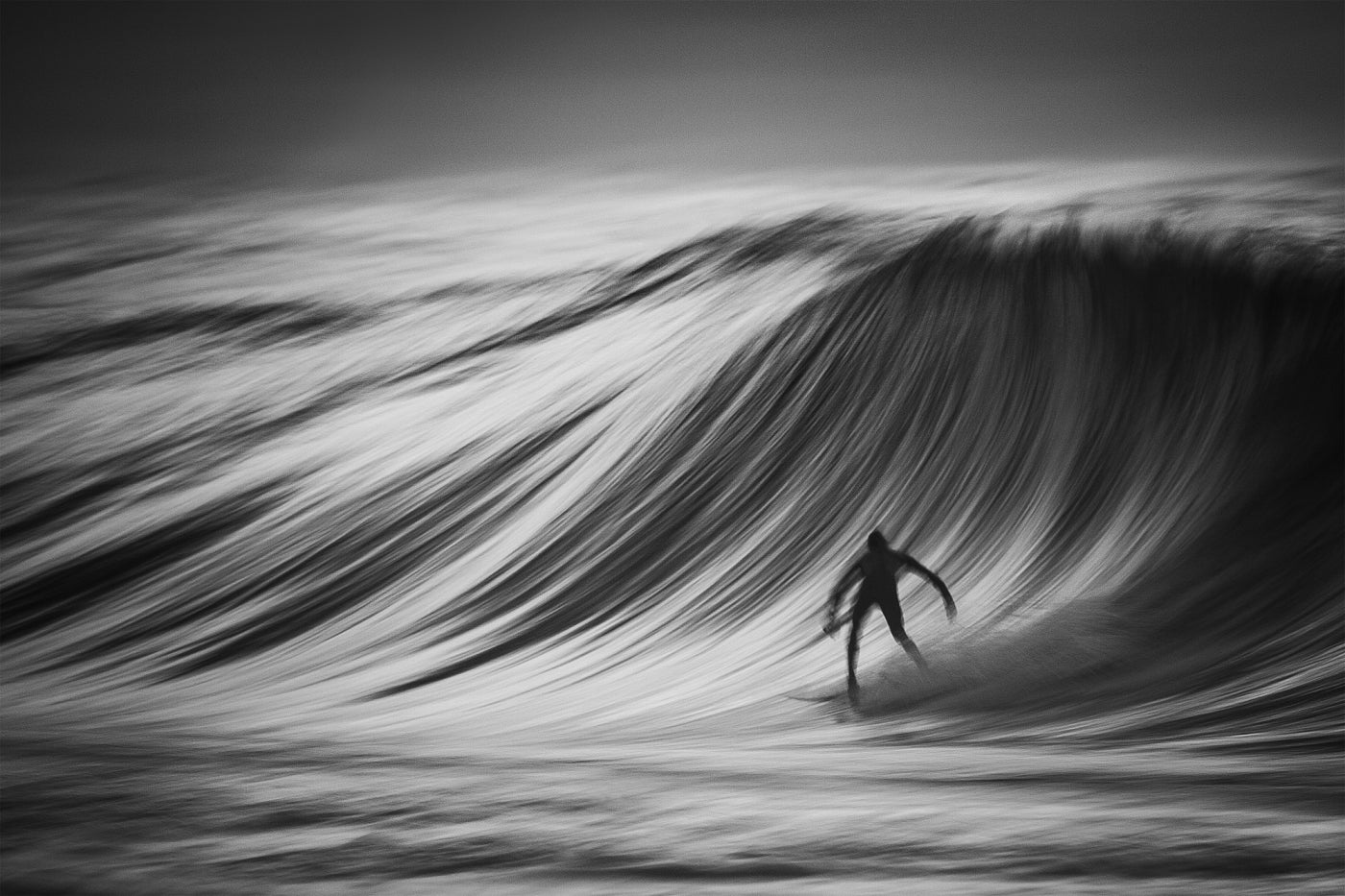
So when it comes to photoshop, my answer is yes, it’s referred to as colour grading, which involves photoshop. Post production of an image is an integral part of the image creating process, the hours spent in the darkroom before things went digital is a correlation to the hours spent in photoshop in order to bring out the magic within the photo that you felt at the time it was taken. It’s important though, to process it in such a way as to not deter from the natural look, the last thing you want is for an image to look fake or unrealistic after processing it in photoshop. Essentially, a successful edit to an image is to not add anything to the image, rather bring out the beauty of the image that was present at the time it was taken. In my opinion, the concept of Art is to utilise the tools that are available to create something visual that appeals and captivates someones imagination and emotions. Cameras, software, technology, computers, brushes, they are all tools that can be used to create your masterpiece that you envision!
Entering a competition not only comes down to having a great image but also researching and understanding what the judges will be looking for and considering that in your entry. Of the October Brief for the Canon Light Awards, judge Peter Eastway said “I want you to inspire me and show me a brilliant photograph and all it requires is some invisible editing.” and goes on to add about his own approach to his work “I want them to look their absolute best, I want the viewer to get a feeling of what I felt when I was there..”
Peter Eastway’s further feedback on the image Silver Surfer; Winning a photography competition is a combination of skill and luck. The skill comes from your abilities as a photographer and (in my opinion) as an image editor. The luck comes from choosing a subject that resonates with the judges.
“I am a surfer - or perhaps I should say, the older I get, the better I used to be as a surfer! So Thurstonphoto's photograph of a surfer had immediate appeal. However, having had some involvement with Australian Surfing World Magazine for the past 20 years, I am probably very critical of surfing photos in general, so a surf shot on its own isn't enough. It has to have something more.
And Thurstonphoto's shot has something more. The slow shutter speed creates a feeling of movement while the shape of the wave provides anticipation of the ride ahead. Any surfer would look at this photo and imagine the tube ride to come. And even non-surfers will get a feeling for the power of the wave. The capture in the camera (I'm assuming) is excellent and I'm sure Thurstonphoto took lots and lots of frames as he experimented with this technique.
However, it is the post-production that has brought this image to life. The use of contrast has really highlighted the shape and texture of the wave and your eye follows the line of the surfer, out onto the shoulder of the wave and into the stormy seas behind. However, the top of the image has been darkened, providing a dark, moody and brooding atmosphere and also containing the eye, bringing the viewer back to the surfer and the dredging wave. It reminds me of Dee Why Point, just down the road from where I live, but it could be anywhere.
Emotionally, I relate very strongly to this image. Technically, it ticks all the boxes.”
Silver surfer is now available as a Limited edition print in the Flomocean collection. Check it out.
See also Canon Light Awards competition.
Here's a few other images I captured from the same day. Enjoy!




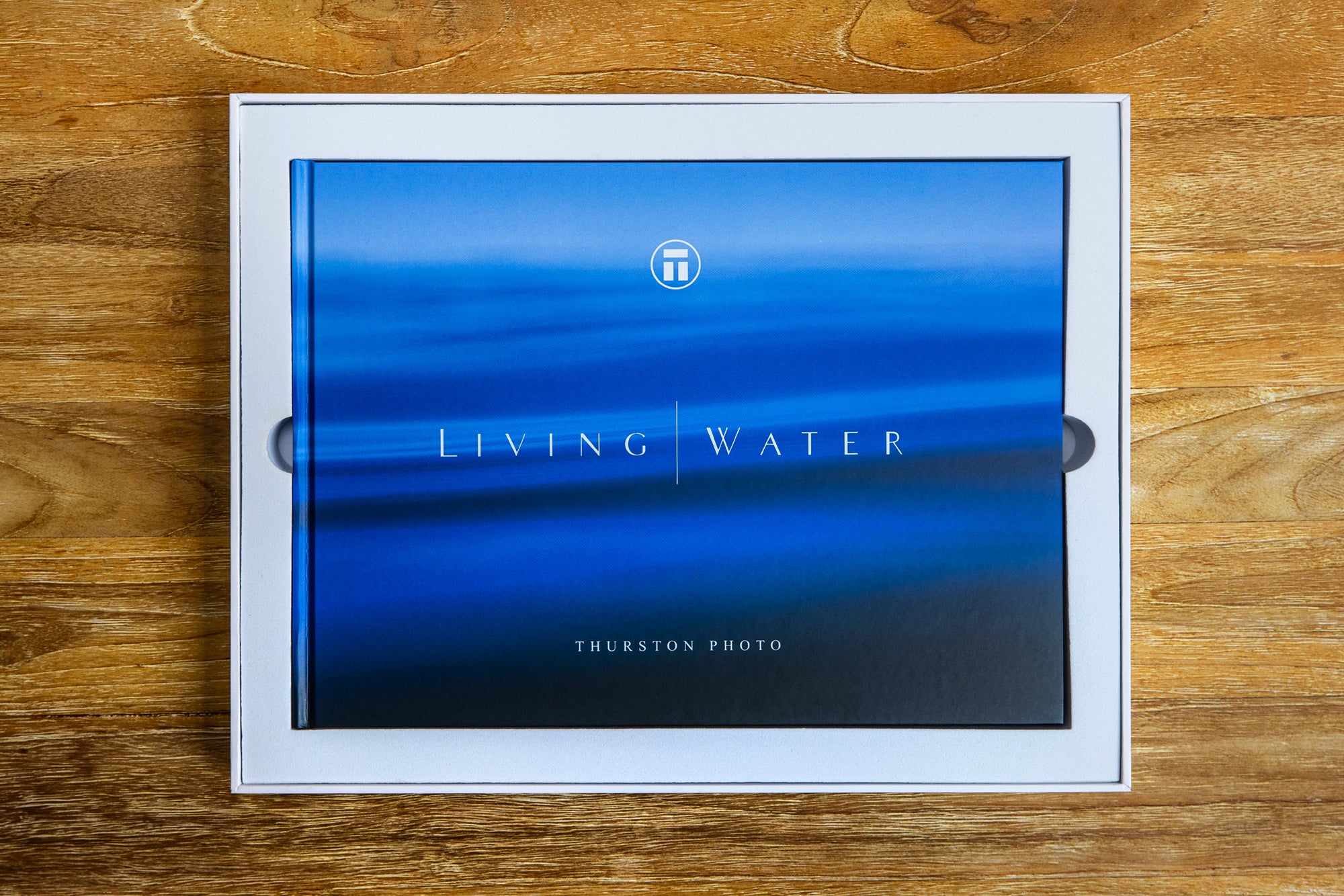


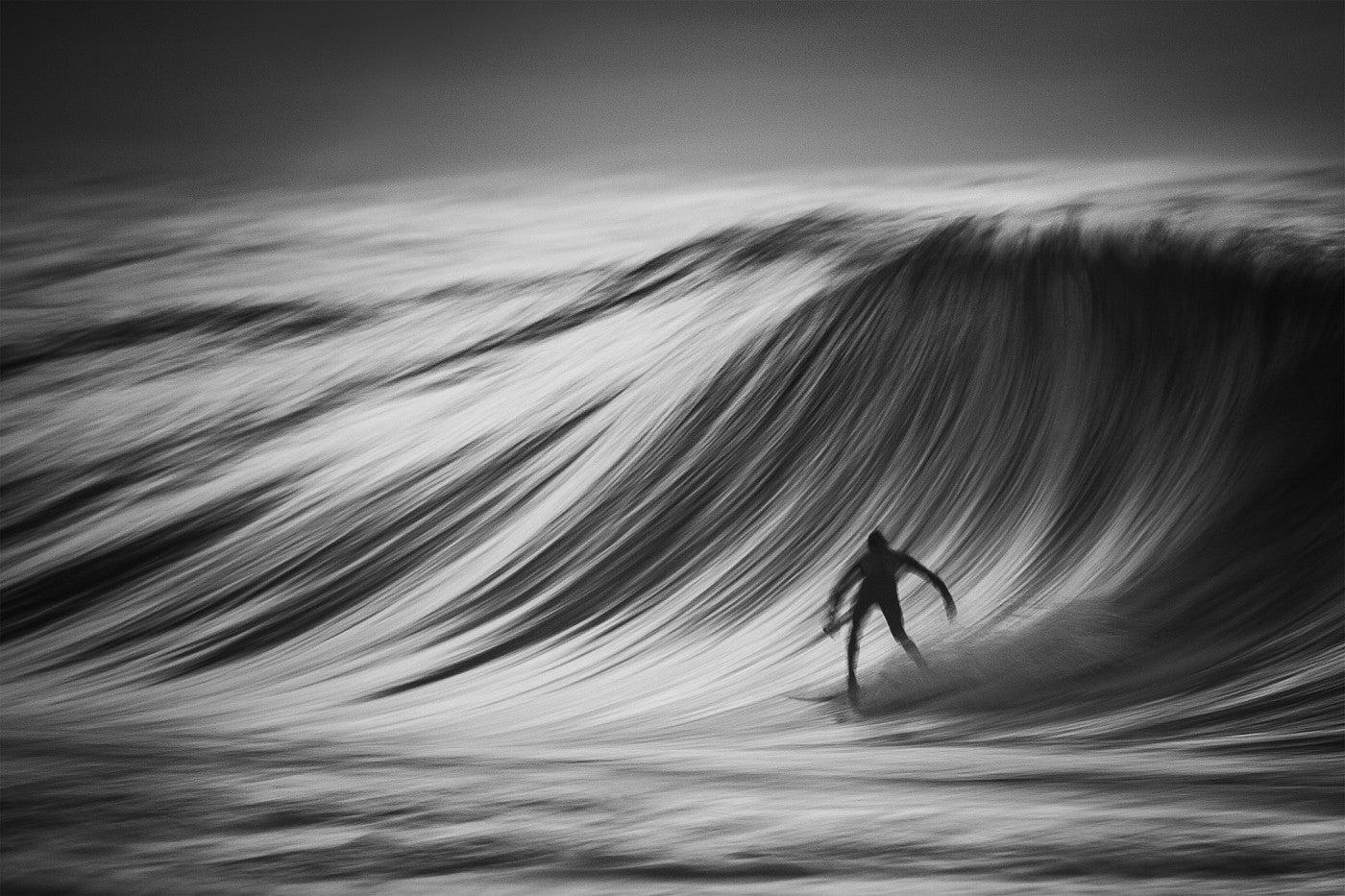
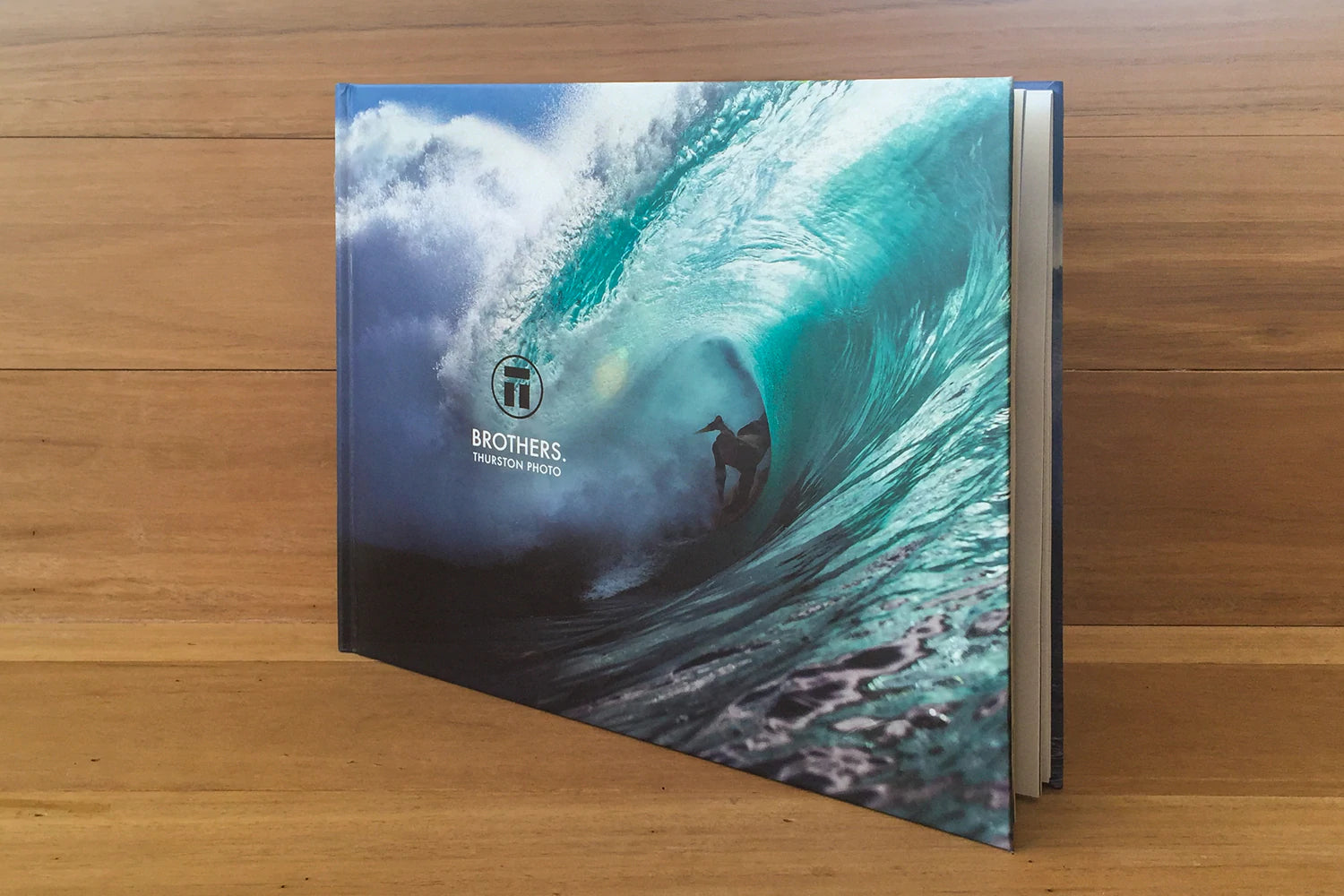
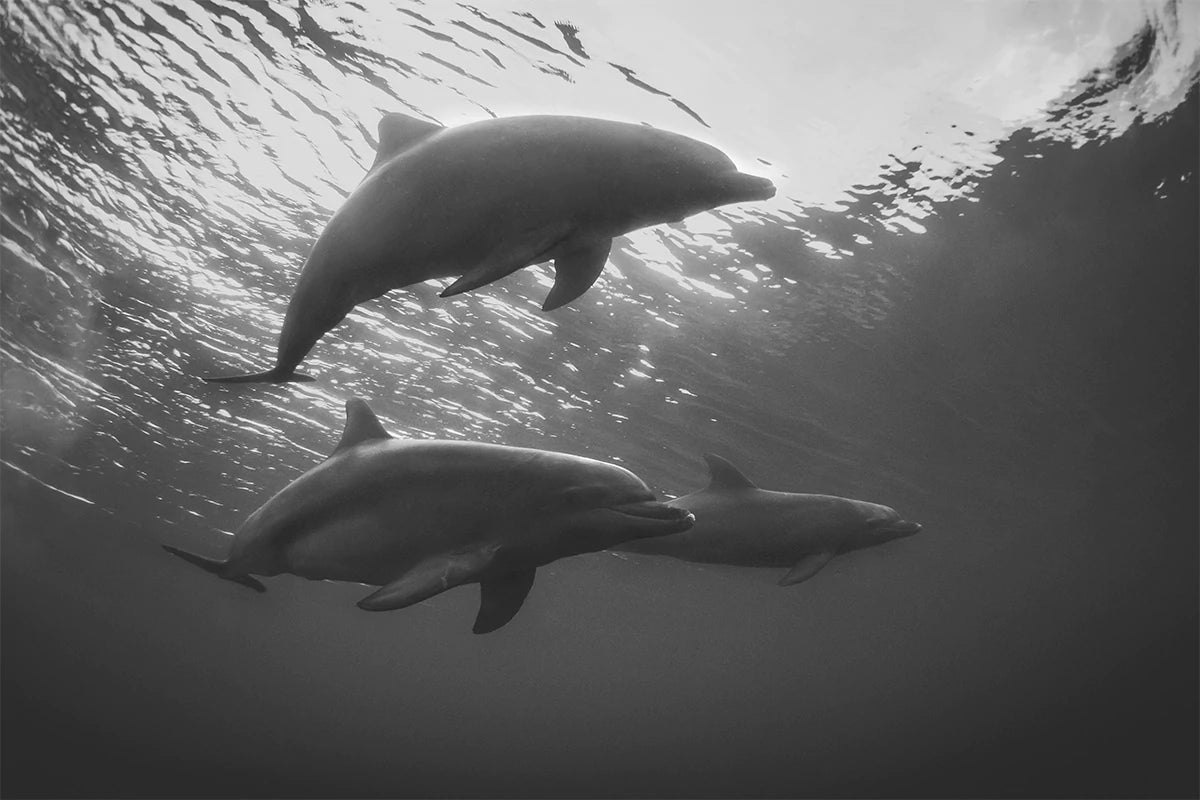
1 comment
Seth
Beautiful work and a nice write-up on how they were created. The only exception I would take is with the statement:
“It’s important though, to process it in such a way as to not deter from the natural look, the last thing you want is for an image to look fake or unrealistic after processing it in photoshop”
I would just add “unless surreal” is what you are going for. There are several photographers out there who have fantastic work which blends photography and digital painting in to incredible works of art. For example http://www.robertcorneliusphotography.com/.
Anyway; I prefer the natural look as well, but it isn’t the hard law that many of us make it out to be.
Awesome work! Truly inspiring!
Beautiful work and a nice write-up on how they were created. The only exception I would take is with the statement:
“It’s important though, to process it in such a way as to not deter from the natural look, the last thing you want is for an image to look fake or unrealistic after processing it in photoshop”
I would just add “unless surreal” is what you are going for. There are several photographers out there who have fantastic work which blends photography and digital painting in to incredible works of art. For example http://www.robertcorneliusphotography.com/.
Anyway; I prefer the natural look as well, but it isn’t the hard law that many of us make it out to be.
Awesome work! Truly inspiring!